A modified supermarket recipe from a friend of mine - spicy pear chutney.
I threw in some ground cinnamon, cloves, plum tomatoes and cashew nuts. I didn't have star anise. Would probably reduce the sugar a bit if I made it again, because it's quite sweet.
Preparation time: 20 minutes
Cooking time: 1 hour 15 minutes
Total time: 1 hour 35 minutes
Makes: 1kg (4 x 250ml jars)
Ingredients
1kg bag essential Waitrose Conference Pears
300g light muscovado sugar
500ml cider vinegar
2 medium red onions, roughly chopped
40g peeled, grated, fresh ginger
4 cloves garlic, minced
1½ tsp salt
250g pack Waitrose LOVE Life Cherries, Raisins & Nuts
2 cinnamon sticks
3 star anise
1 X ¼ tsp cayenne pepper
Method
1. Preheat the oven to 200°C, gas mark 6. Put 4 x 250ml clean jars and lids on a baking tray and place in the middle of the oven for 10 minutes to sterilise. Remove the tray from the oven and set aside to cool.
2. Peel and core the pears then chop into rough chunks. In a large pan, bring the sugar and vinegar to the boil, then add the pears and the rest of the ingredients. Simmer over a low heat for 1 hour uncovered, or until thick and glossy.
3. Decant the chutney into the sterilised jars and screw the lids on. Allow to cool completely, then store in the fridge for up to 3 months.
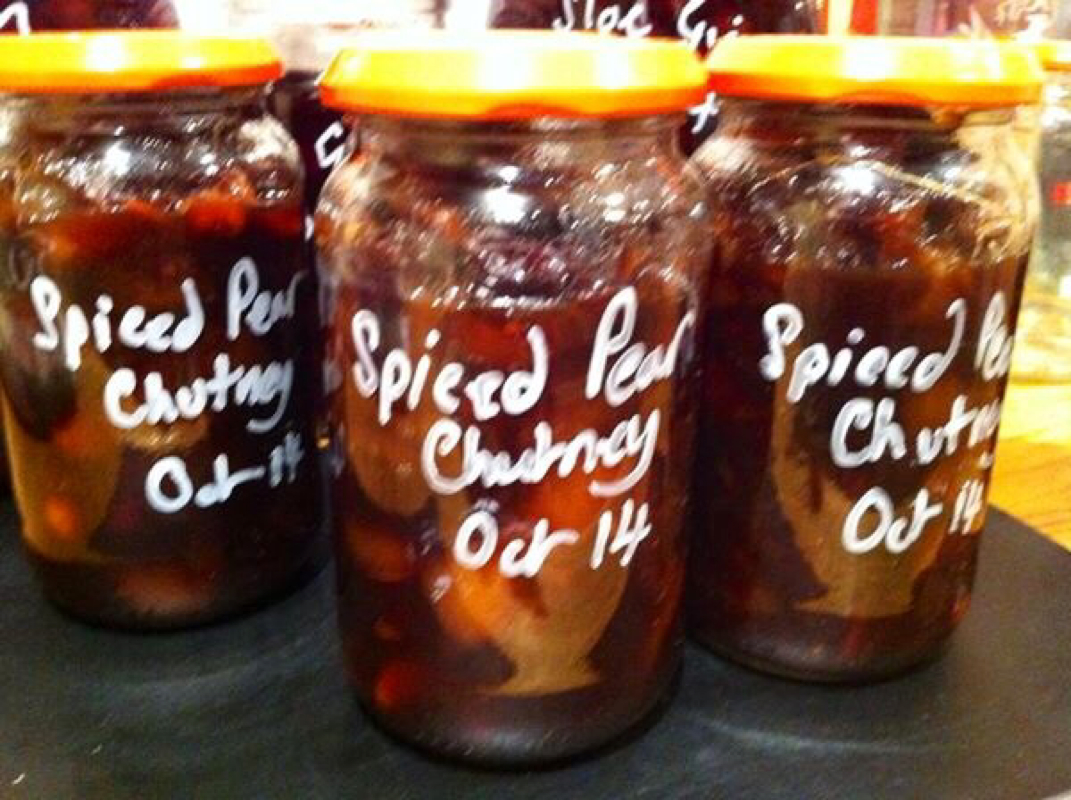
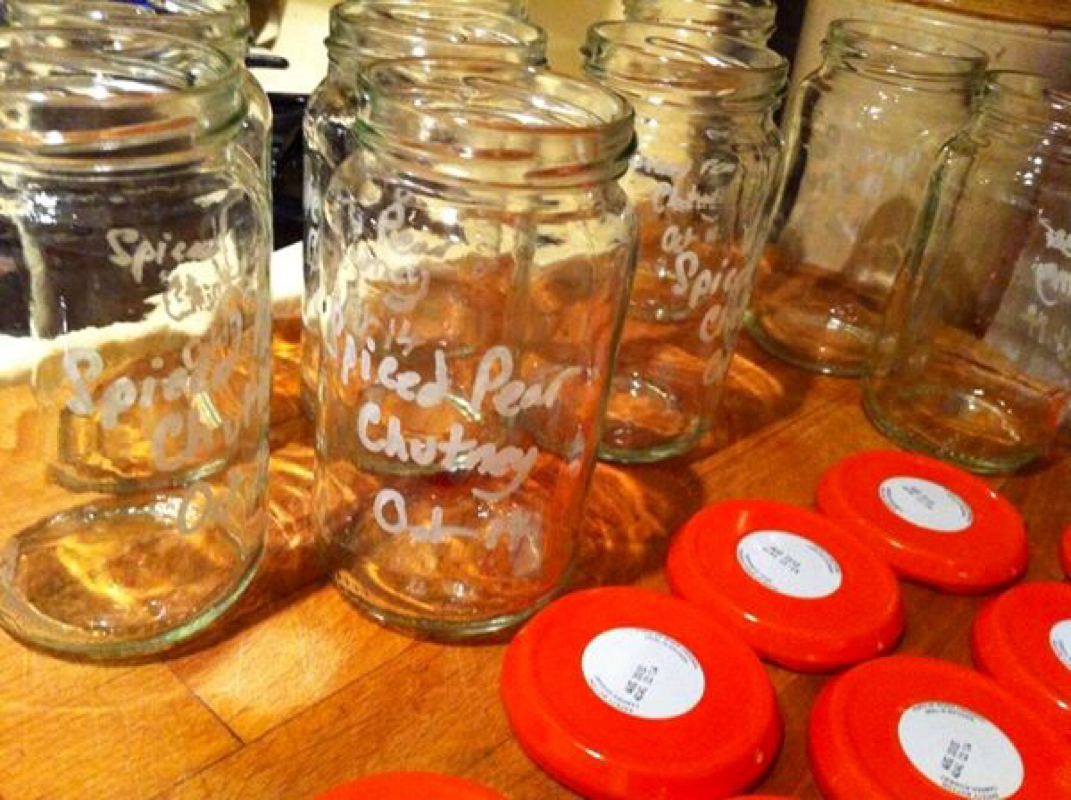
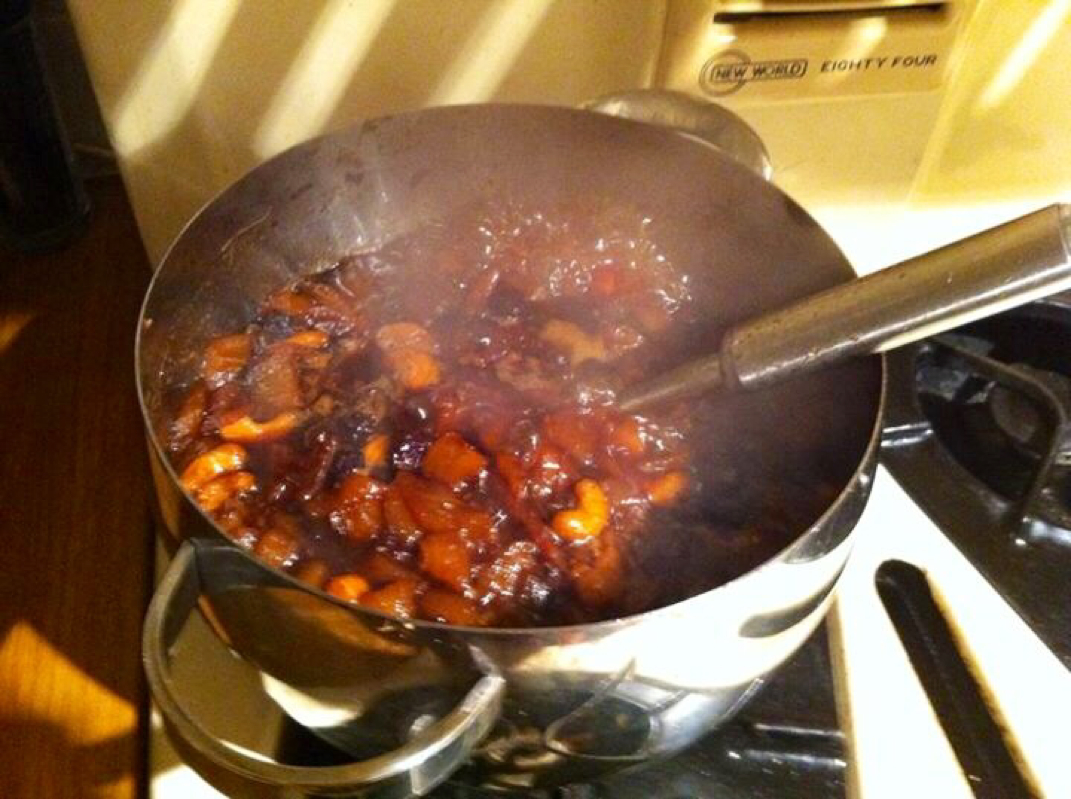
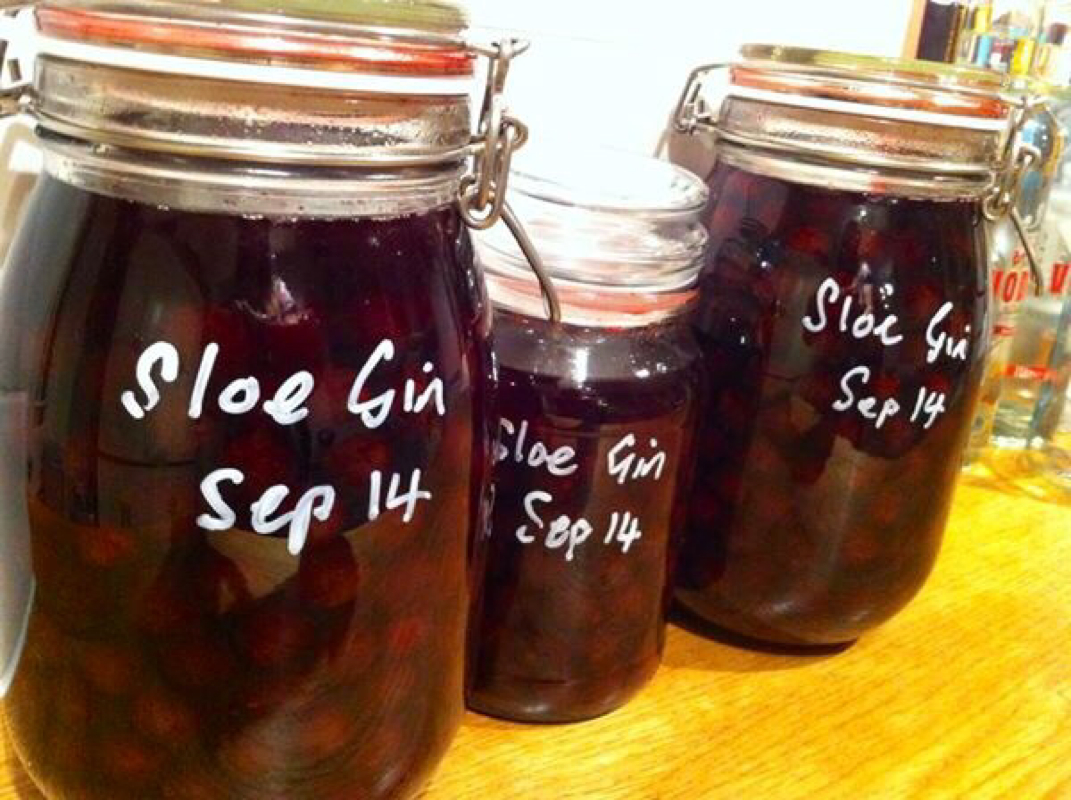
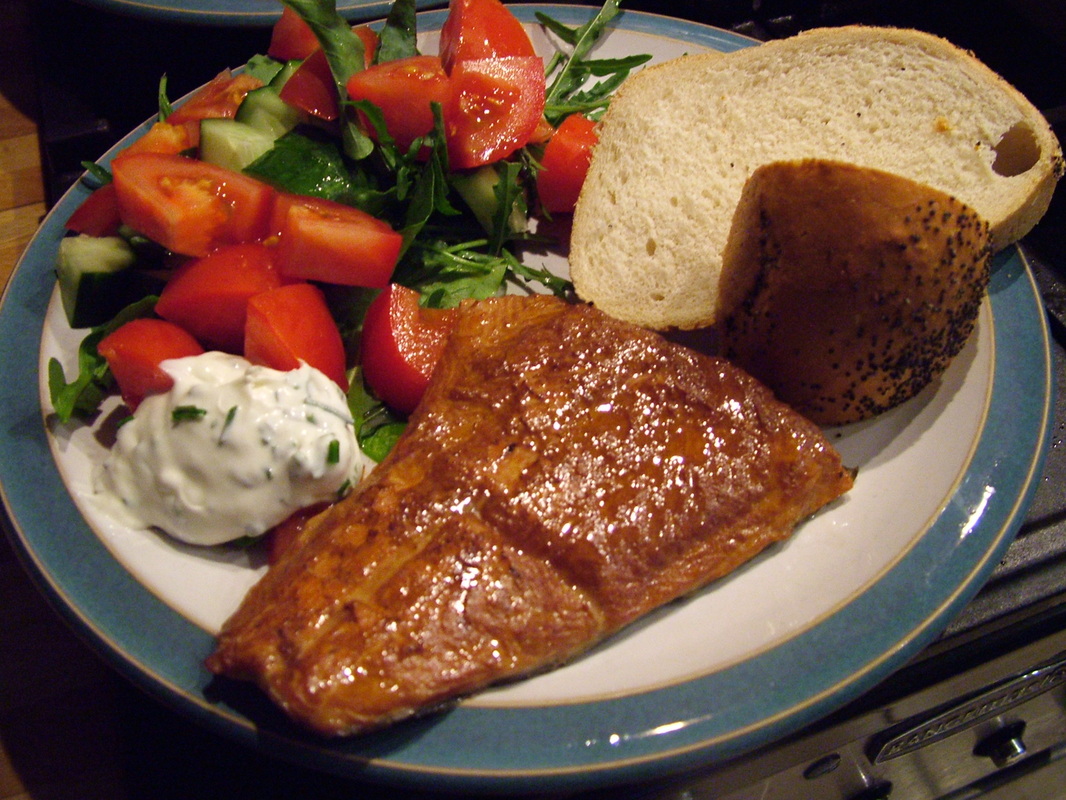
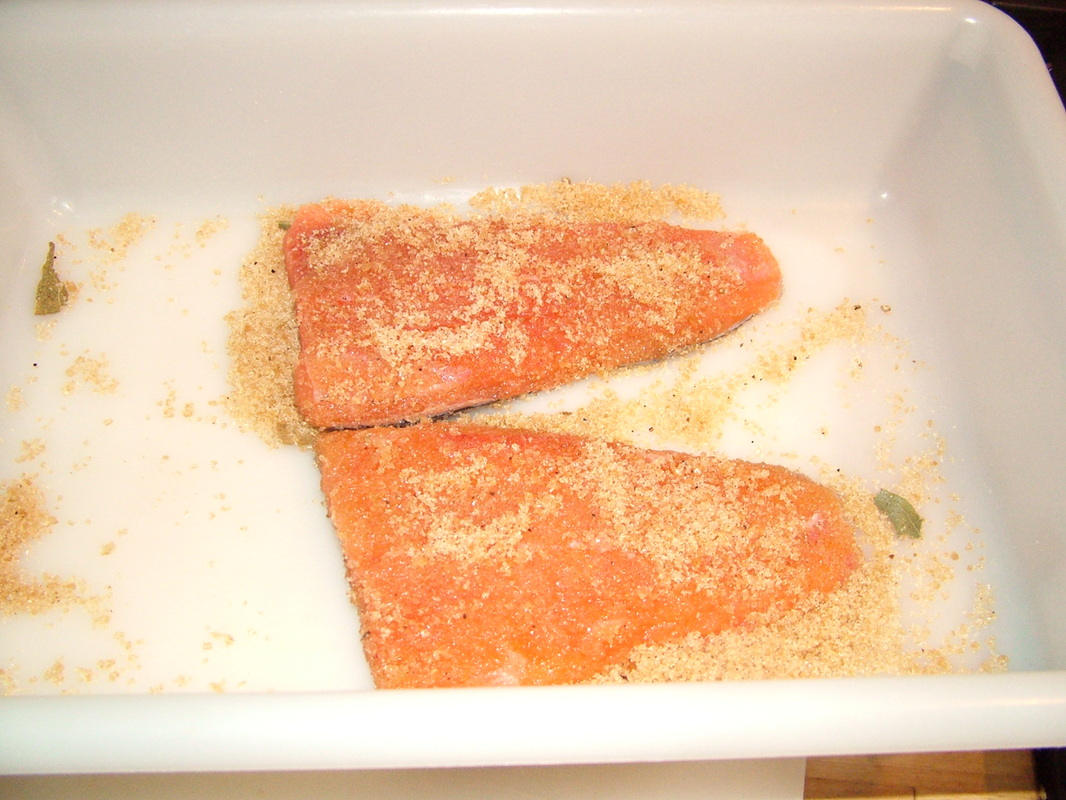
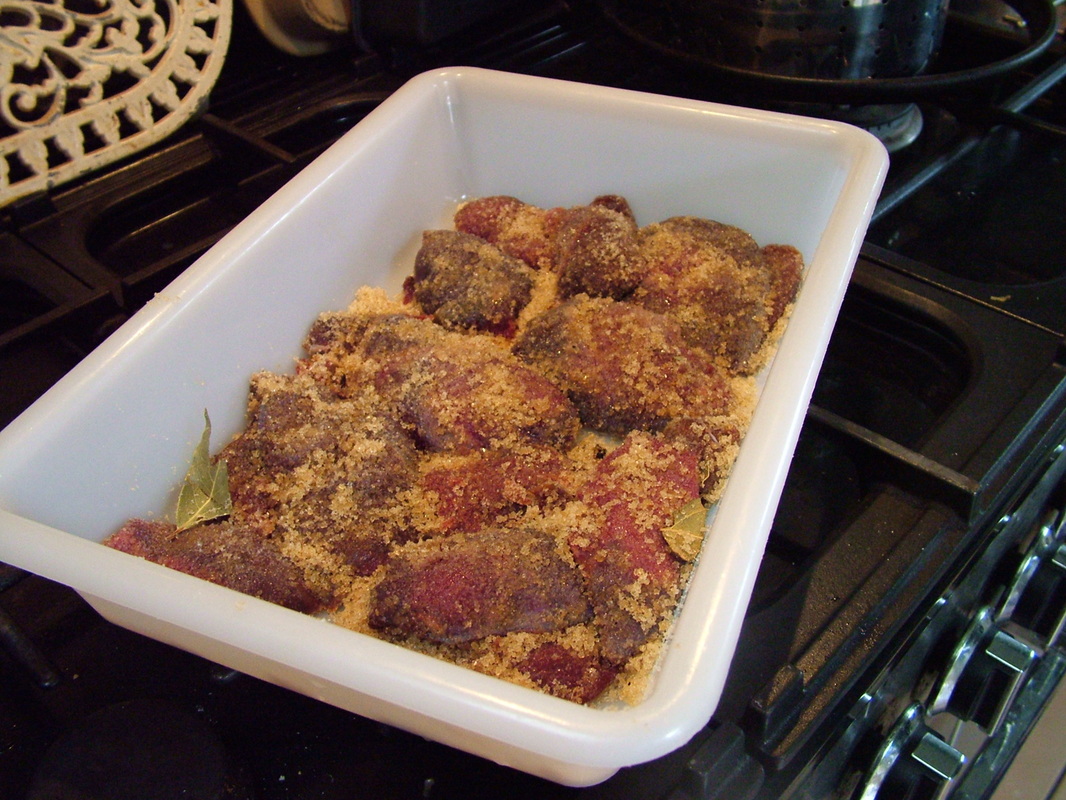
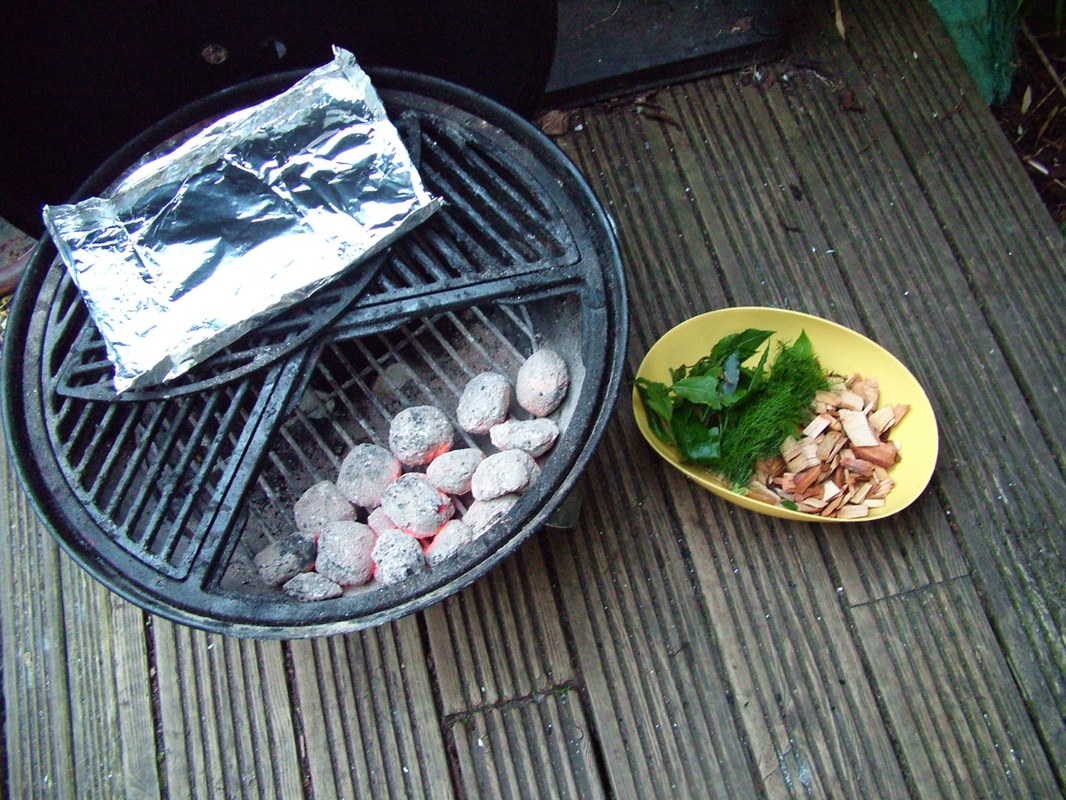
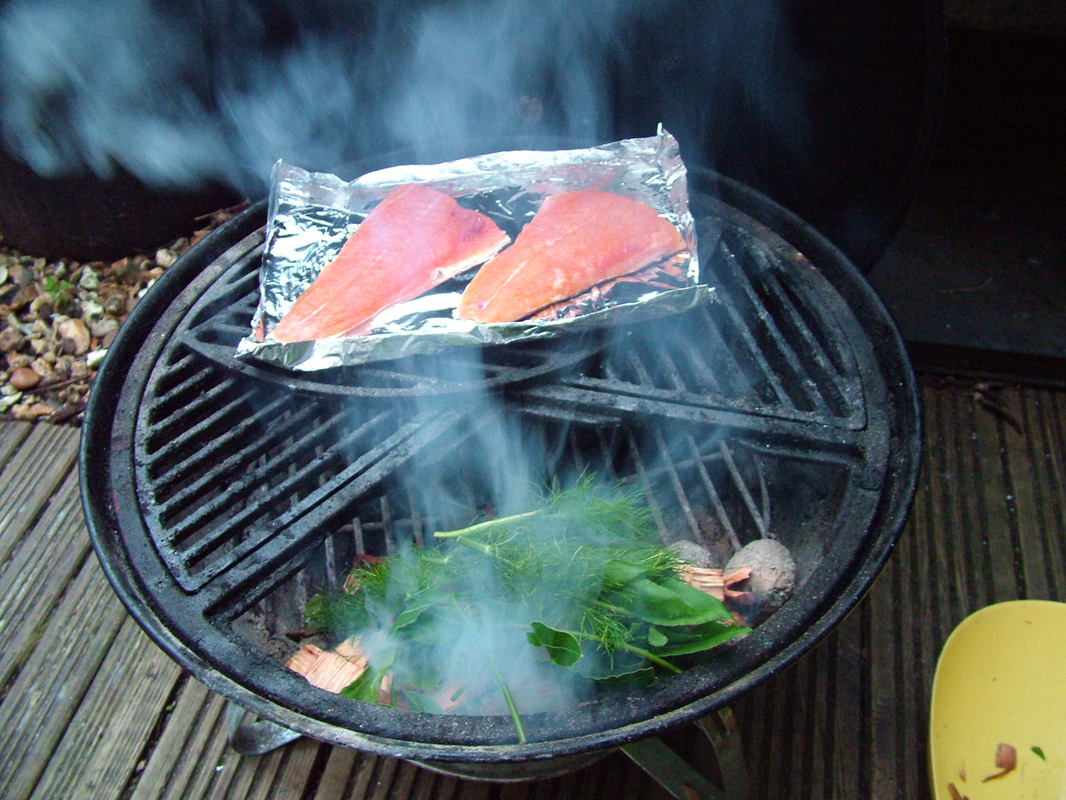
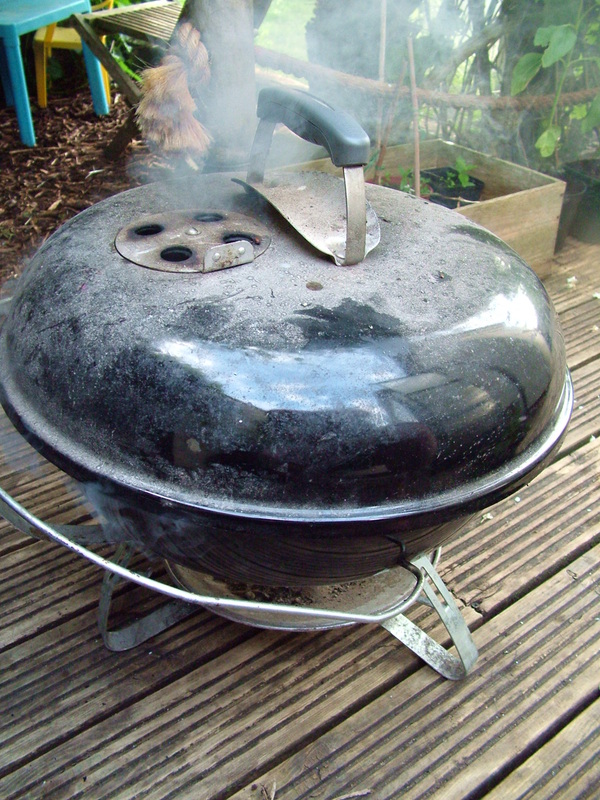
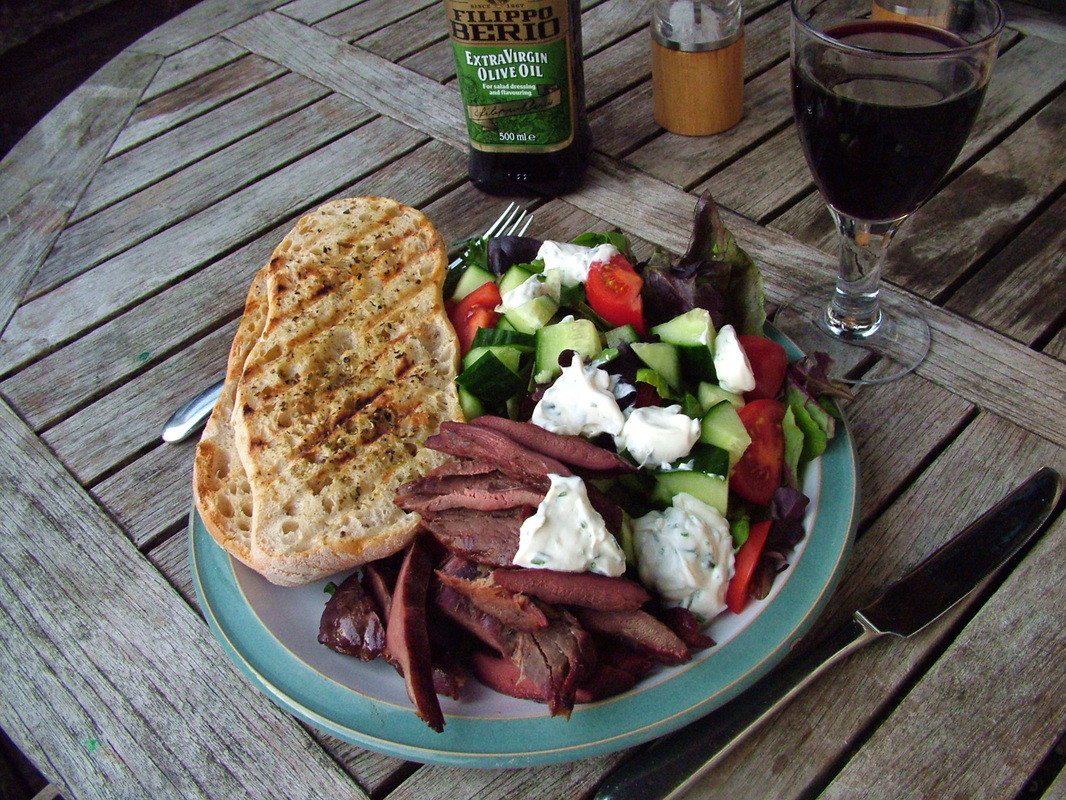
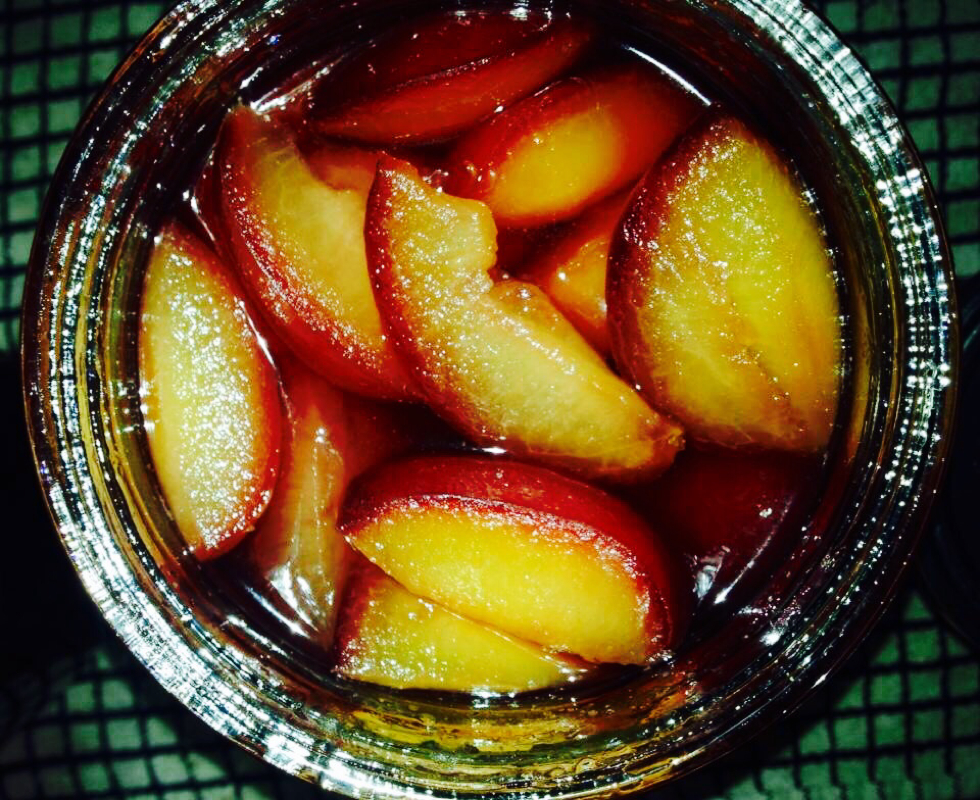
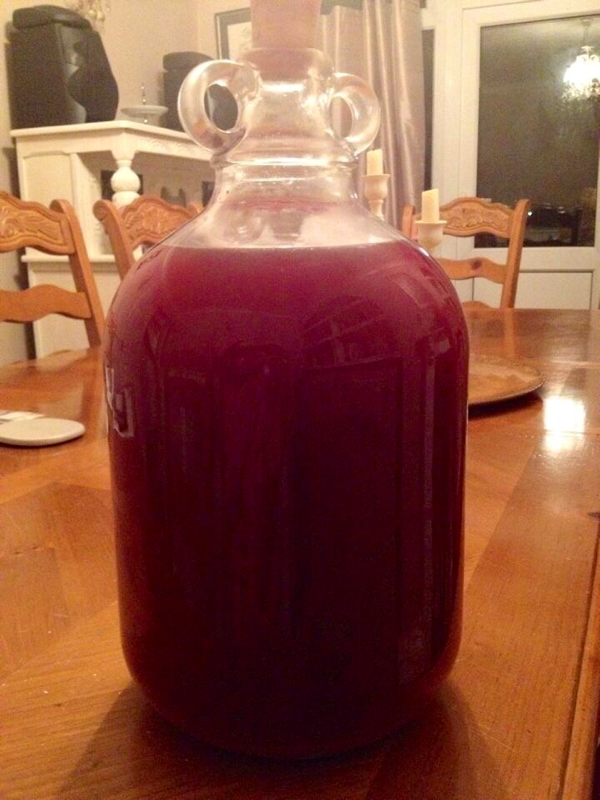
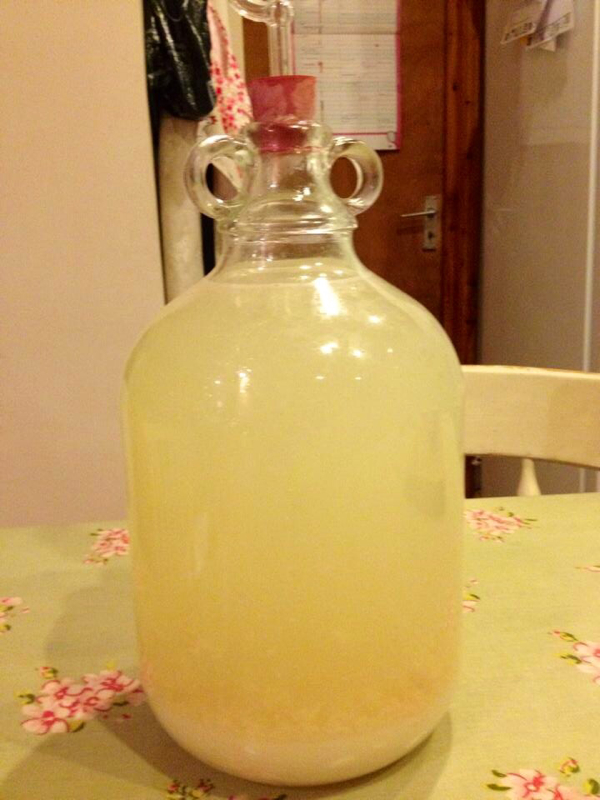
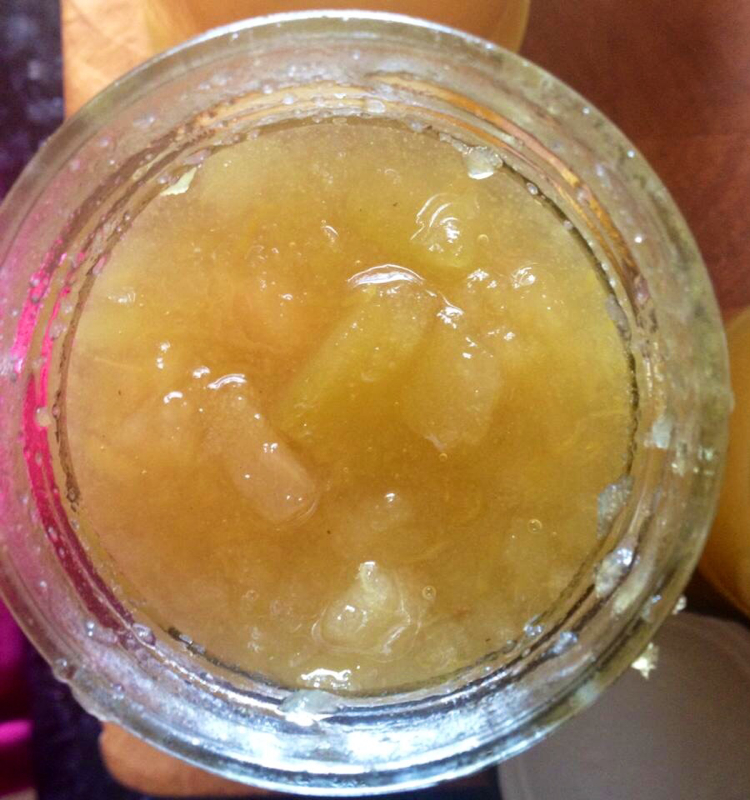
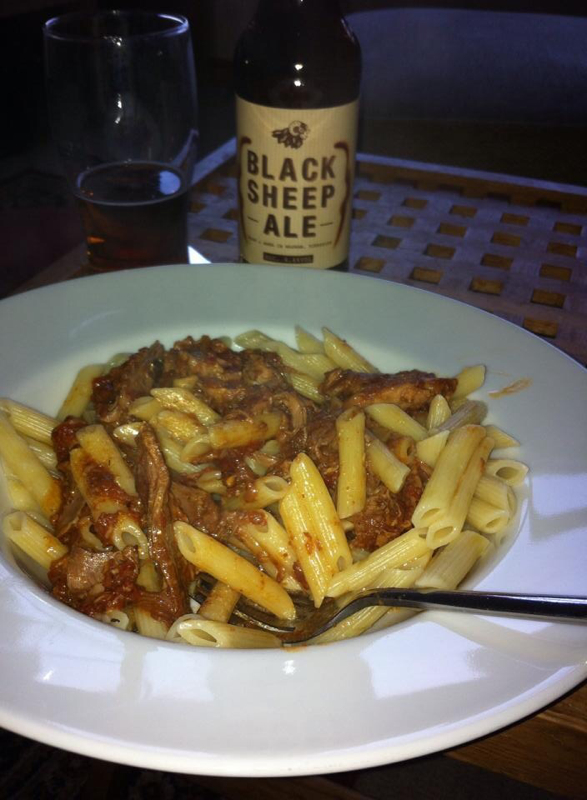
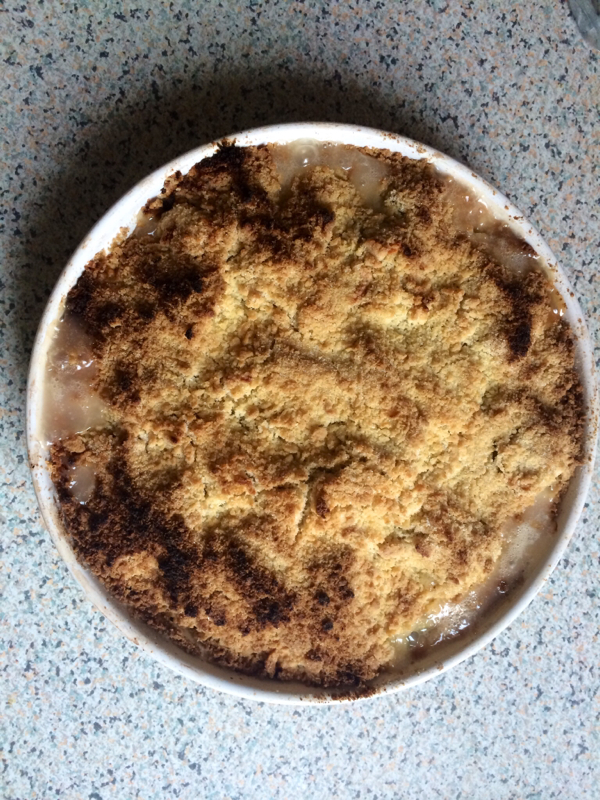
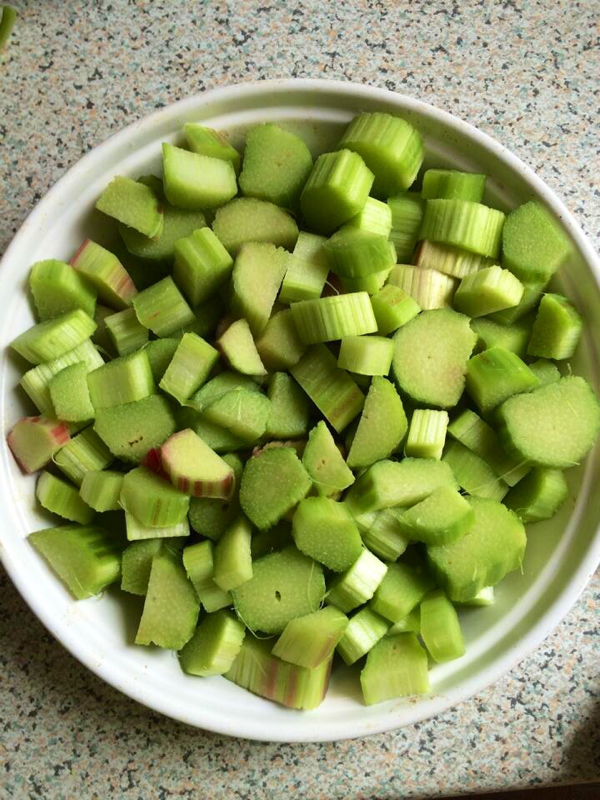
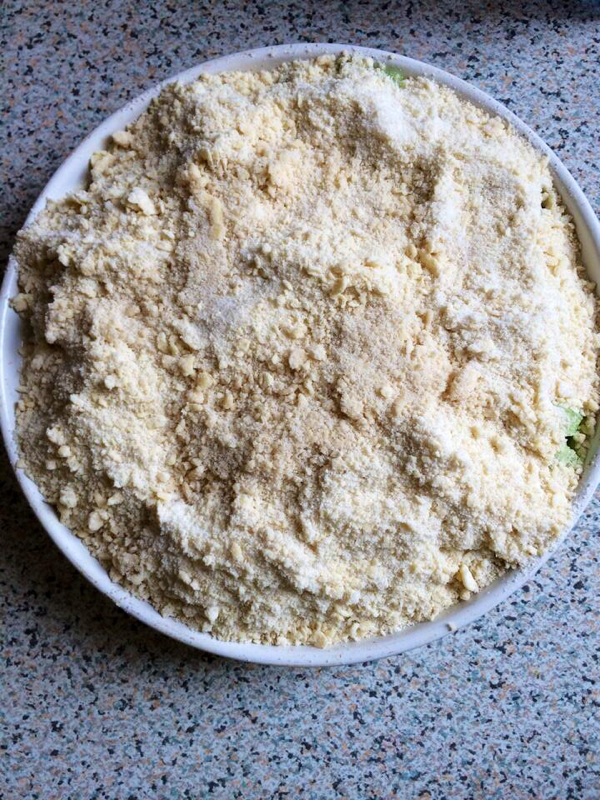
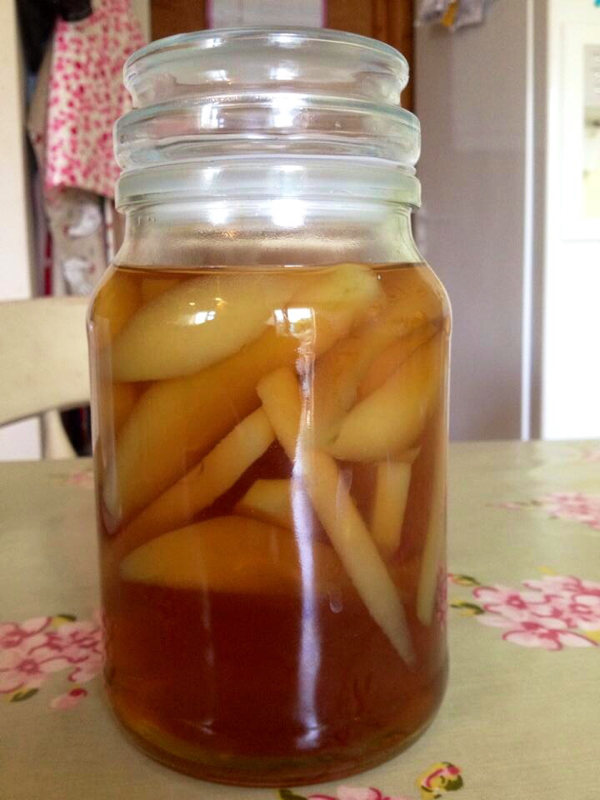
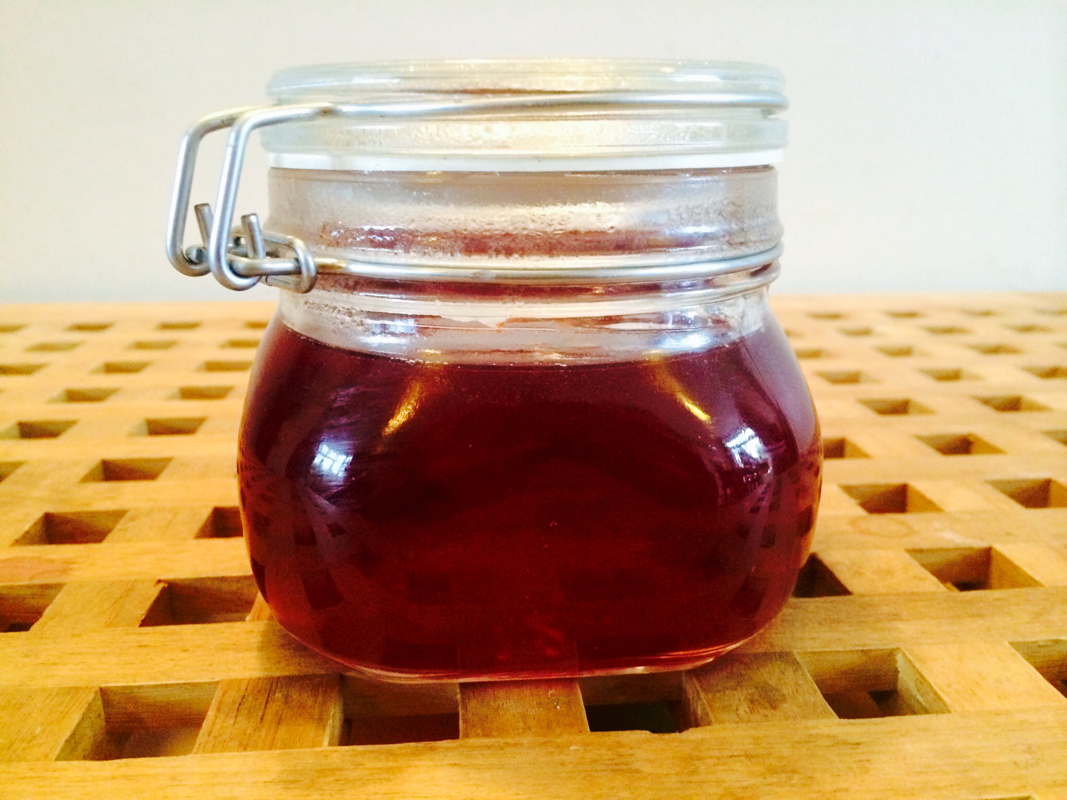
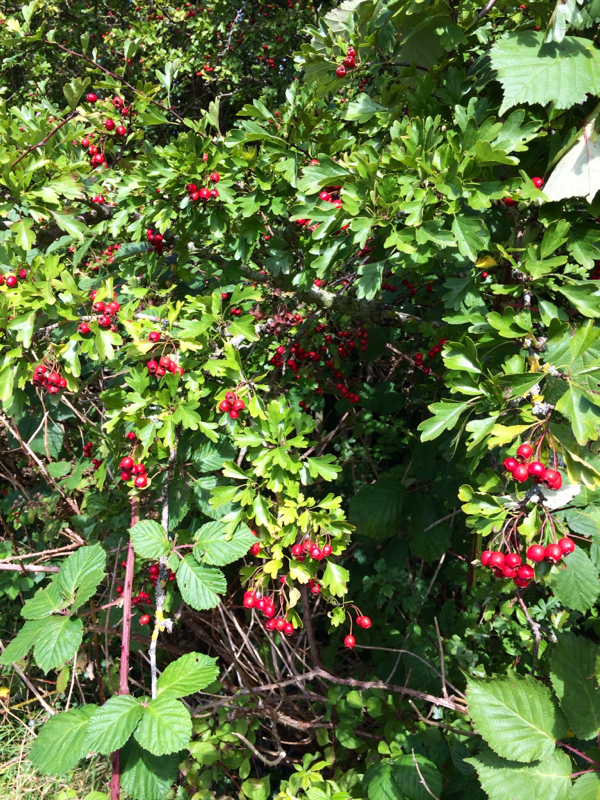
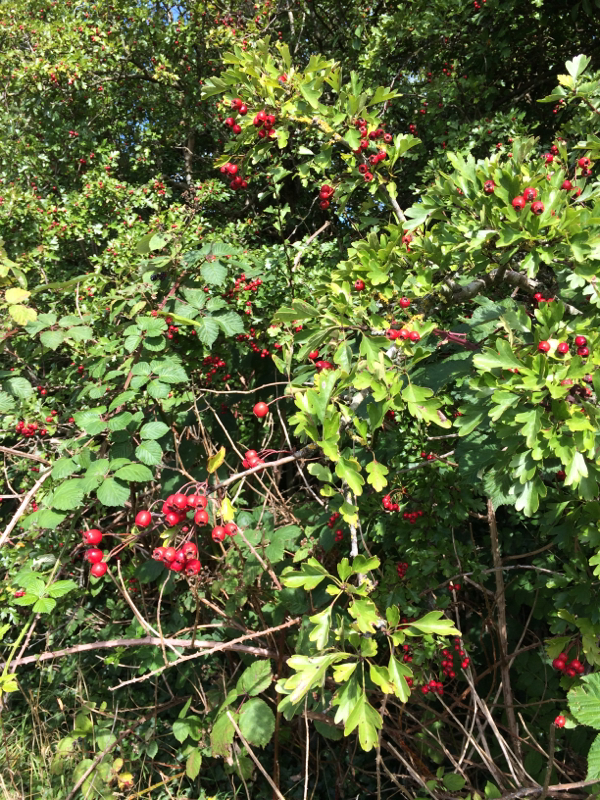
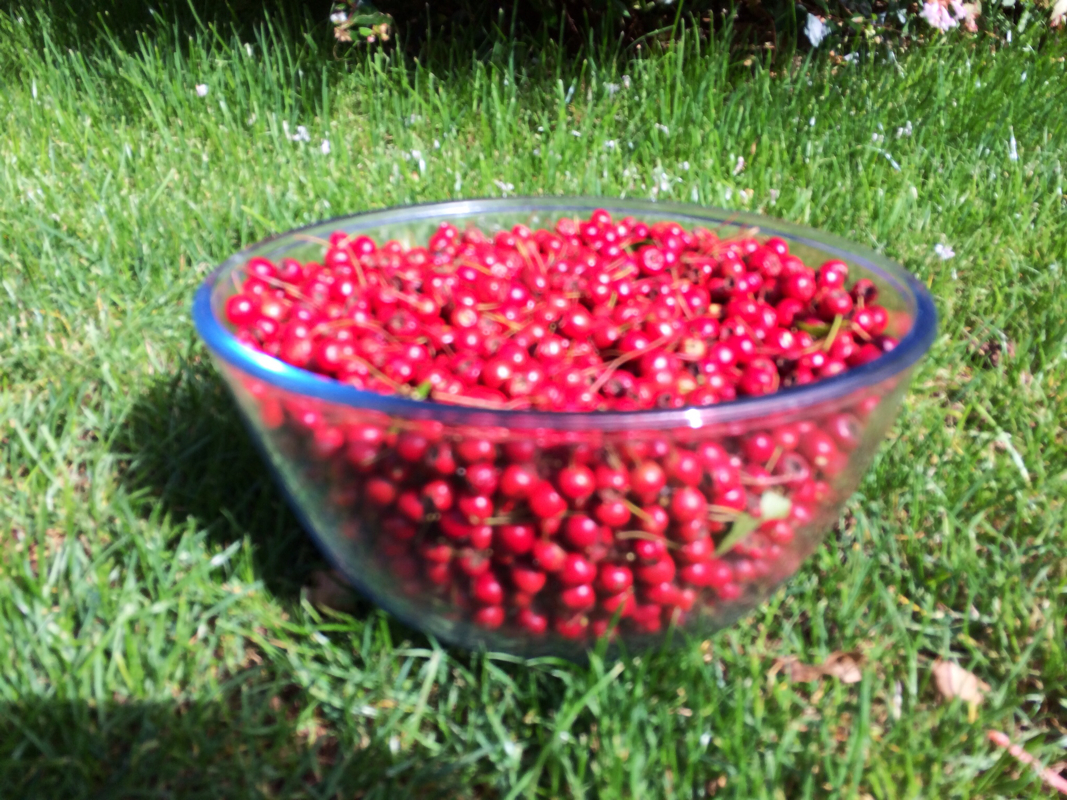
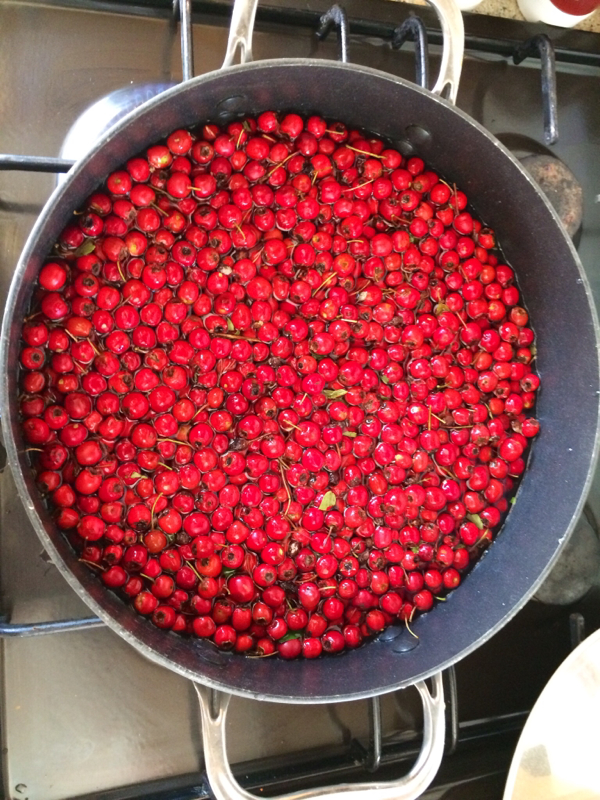
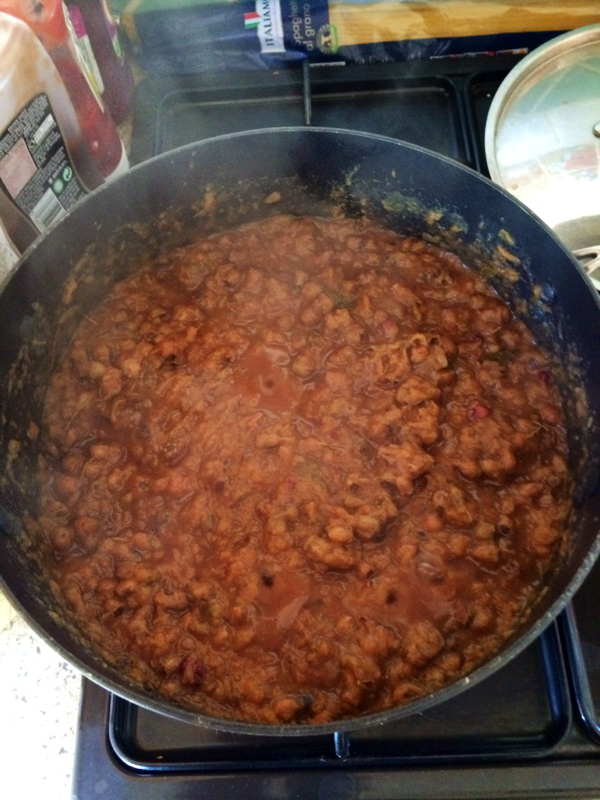
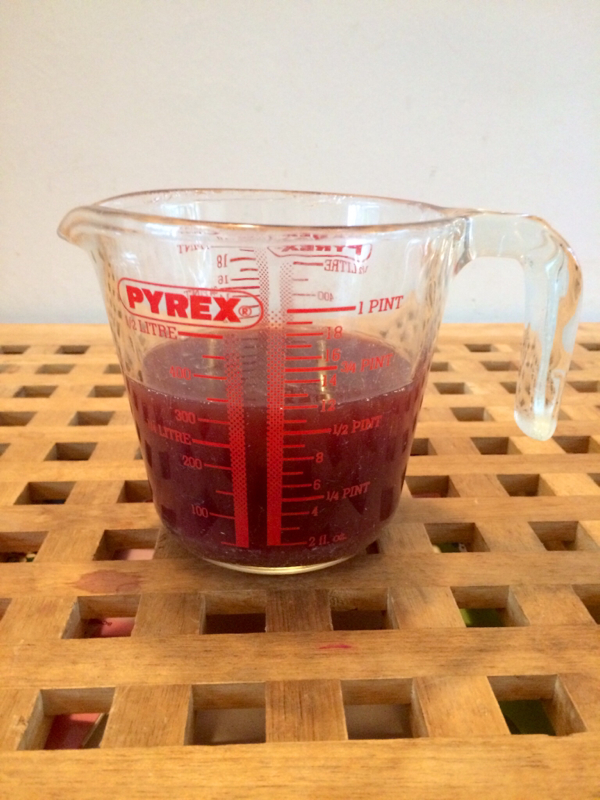
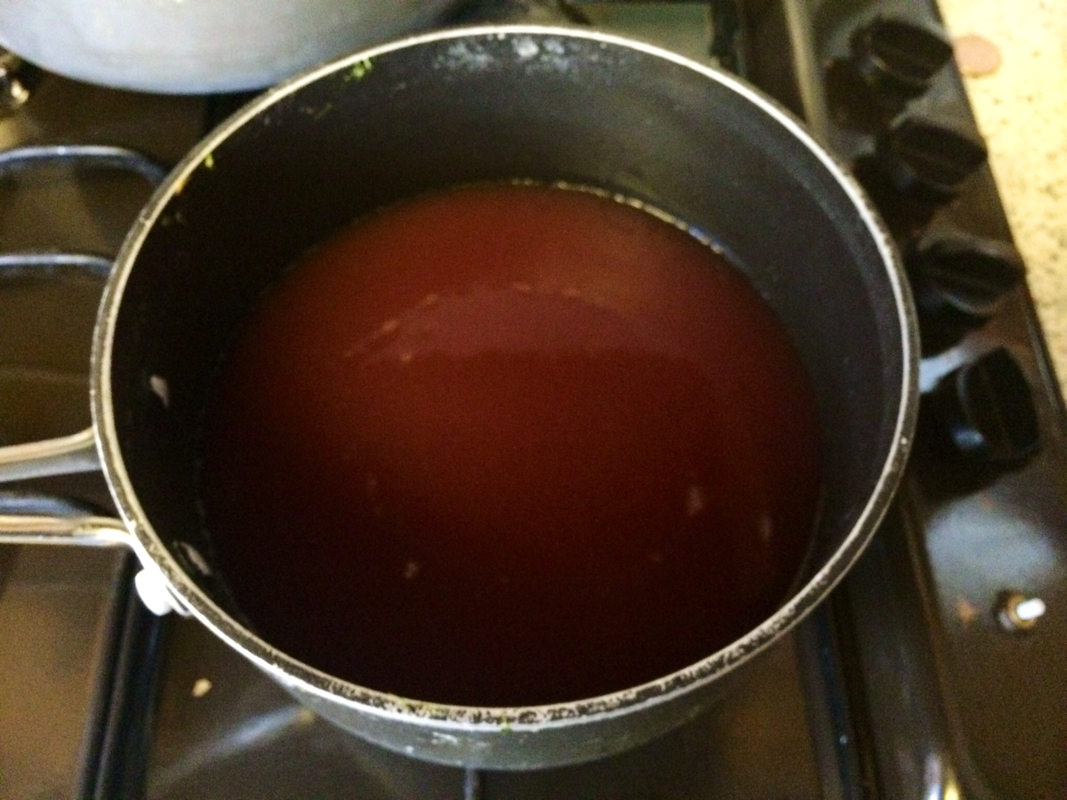
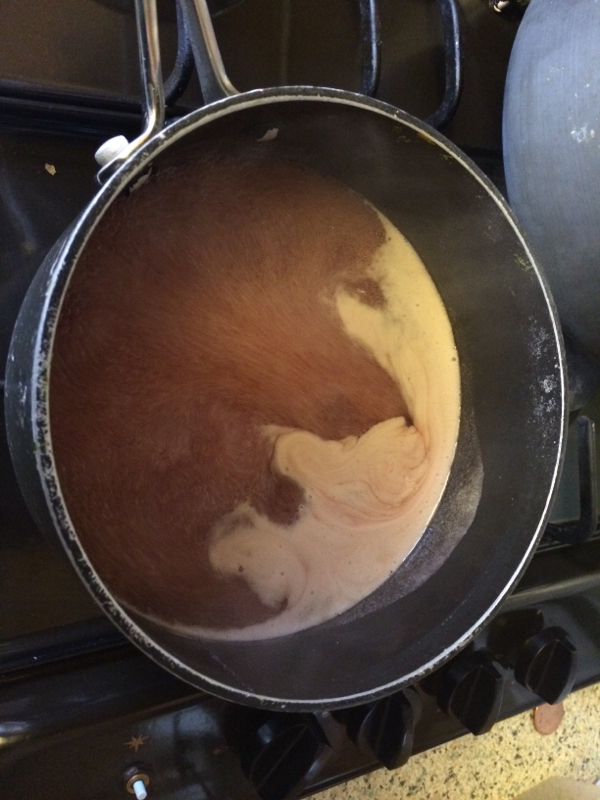
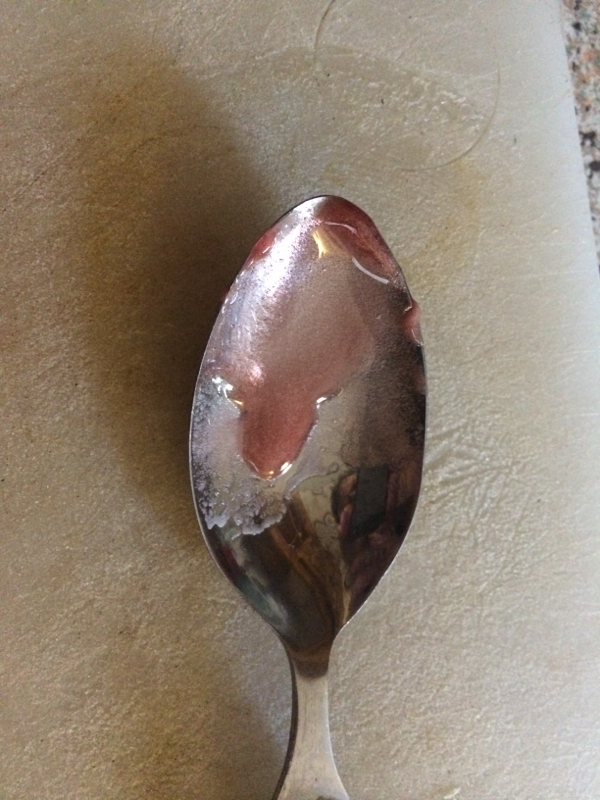
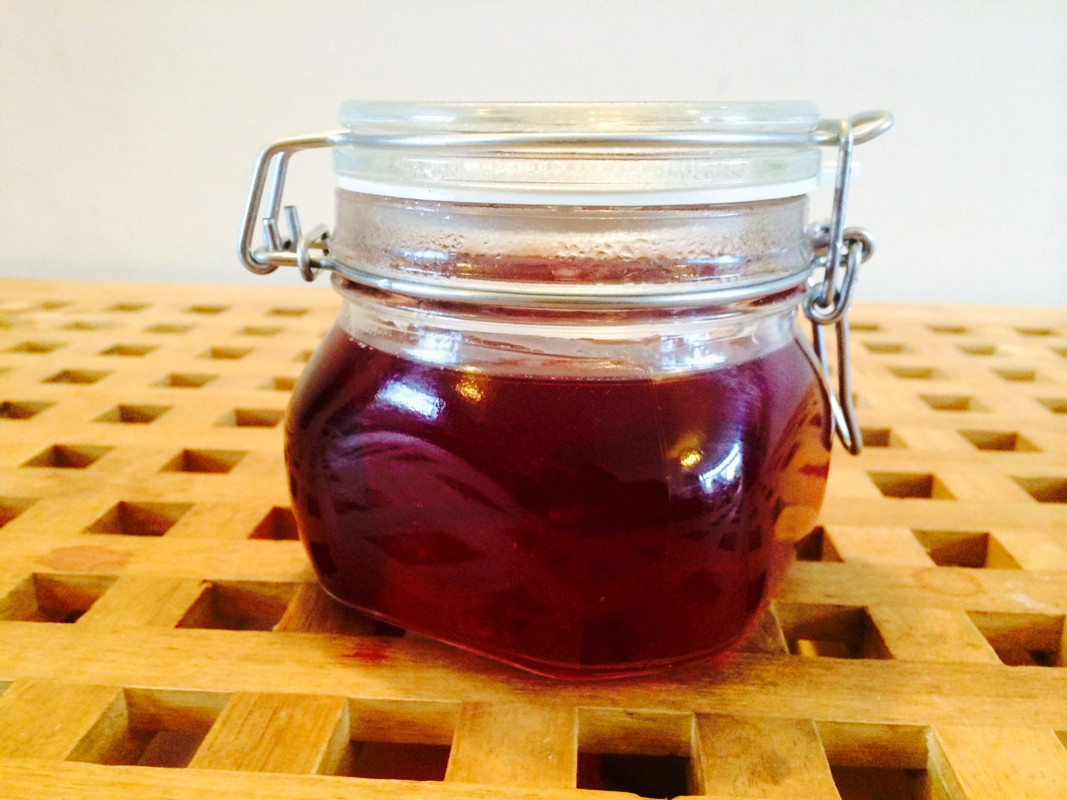
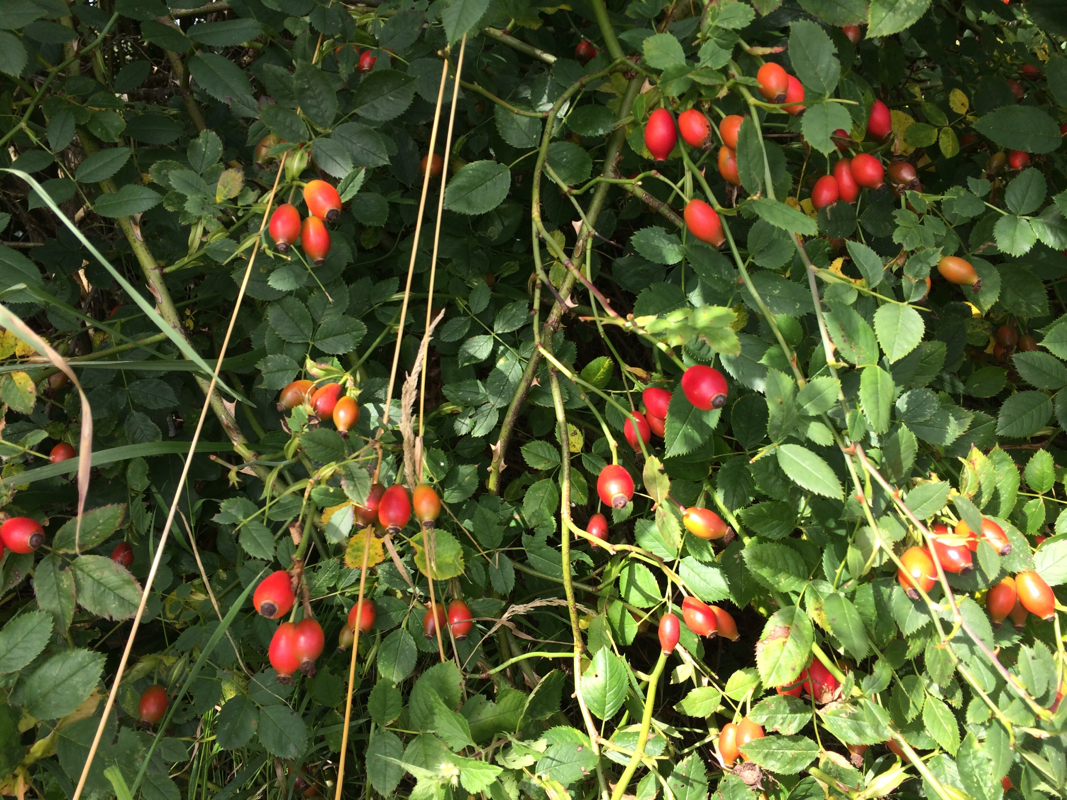
 RSS Feed
RSS Feed
